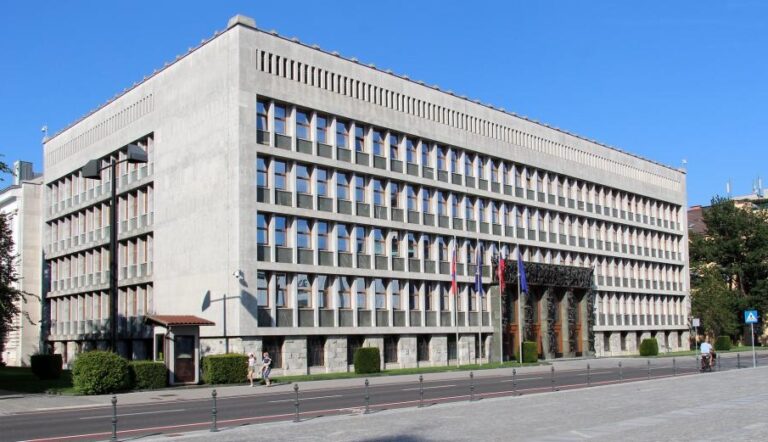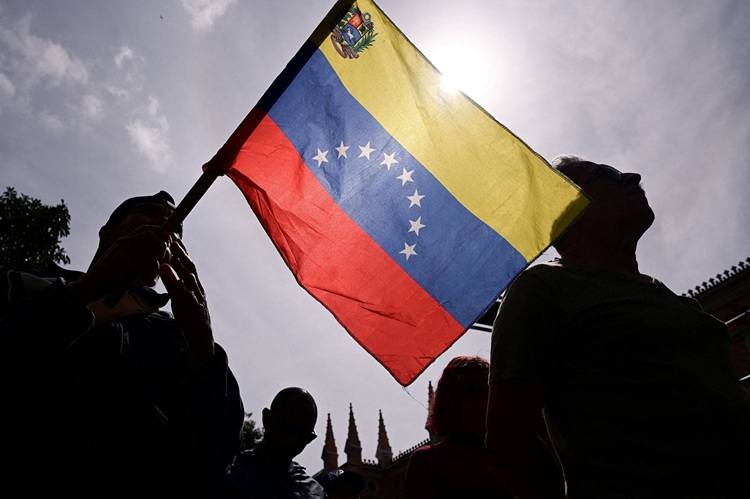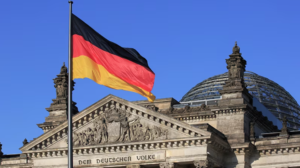In a groundbreaking move that signals a significant shift in the financial landscape, regulators in Singapore, Japan, the U.K., and Switzerland have come together to embark on asset tokenization tests for fixed income, foreign exchange, and asset management products. The ambitious initiative, known as Project Guardian, aims to explore the transformative potential of blockchain-based asset tokenization, which promises to revolutionize the world of finance as we know it.
Project Guardian is a collaborative effort led by the Monetary Authority of Singapore (MAS) and comprises influential regulatory bodies from across the globe, including Japan’s Financial Services Agency (FSA), the U.K.’s Financial Conduct Authority (FCA), and the Swiss Financial Market Supervisory Authority (FINMA). This international consortium has been established to foster cross-border cooperation and innovation in the field of asset tokenization, a concept generating tremendous buzz in the financial sector.
So, what exactly is asset tokenization, and why is it causing such excitement in the world of banking and finance? Asset tokenization is the process of converting real-world assets into digital tokens using blockchain technology. This innovative approach has caught the attention of major financial institutions and economies worldwide. They are exploring asset tokenization as a means to potentially enhance the efficiency and transparency of global financial markets.
Project Guardian’s primary focus is on addressing the key challenges and opportunities presented by digital asset innovation. The project aims to achieve this through a multi-faceted approach:
- Legal and Accounting Treatment: One of the key aspects the project will delve into is the legal and accounting treatment of digital assets. As these assets are relatively new and differ from traditional financial instruments, establishing clear guidelines and standards is crucial for their acceptance and adoption within the financial industry.
- Risk Assessment: Identifying potential risks associated with digital asset tokenization is a critical component of Project Guardian’s mission. By understanding and mitigating these risks, regulators can ensure the safety and stability of the financial ecosystem as it transitions towards digital assets.
- Policy Gaps: The project will also focus on identifying any regulatory gaps that may exist in the current landscape. This includes assessing the need for new regulations or amendments to existing ones to accommodate the burgeoning digital asset market.
- Common Standards: To promote uniformity and foster global adoption, Project Guardian is working towards developing common standards for digital asset market design and best practices that can be applied across different jurisdictions. This will ensure that the digital finance revolution proceeds in an organized and coherent manner.
One notable feature of Project Guardian is its commitment to promoting innovation through regulatory sandboxes. These sandboxes provide a controlled environment in which startups and financial institutions can test and pilot new ideas related to digital assets. This fosters creativity, while still maintaining regulatory oversight to protect consumers and investors.
In a statement regarding Project Guardian, Leong Sing Chiong, Deputy Managing Director of MAS, emphasized the strong desire among policymakers to deepen their understanding of the opportunities and risks arising from digital asset innovation. This proactive approach reflects the determination of these regulatory authorities to keep pace with the evolving financial landscape and to provide a safe and efficient environment for the development of digital finance.
The collaboration between these regulatory bodies is a clear indication of their recognition that asset tokenization and the broader realm of blockchain-based finance are not merely trends but represent the future of the industry. As traditional financial instruments make way for their digital counterparts, the global regulatory framework will play a pivotal role in ensuring that this transition is smooth, secure, and beneficial for all stakeholders.
Project Guardian represents a significant step towards embracing the digital finance revolution and will undoubtedly be closely watched by both the financial industry and tech enthusiasts worldwide. As the world shifts towards a more digital and decentralized financial landscape, the outcomes of these asset tokenization tests could shape the future of finance and investment.
(Source: Coindesk | CoinTelegraph |









